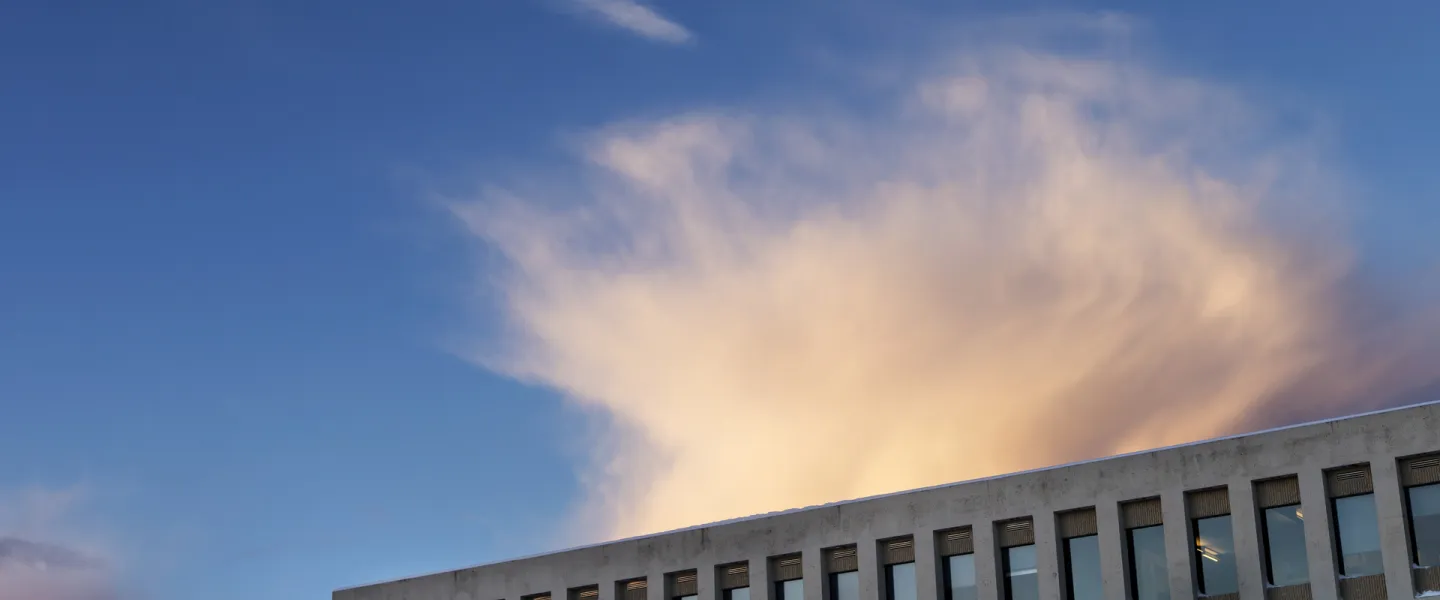The Aula
Doctoral candidate:
Nicolas Levillayer
Title of thesis:
Basalt lava degassing: mechanism and characterisation
Opponents:
Dr. Fidel Costa, Professor at the Institut de Physique du Globe de Paris, Université Paris Cité, France
Dr. Evgenia Ilyinskaya, Associate Professor at the School of Earth and Environment, University of Leeds, United Kingdom
Advisor:
Dr. Olgeir Sigmarsson, Research Professor at the Institute of Earth Science, University of Iceland
Other members of the doctoral committee:
Dr. Pierre-Jean Gauthier, Chargé de Recherche at the Laboratoire Magmas et Volcans, CNRS - Université Clermont Auvergne, France
Dr. Sæmundur Ari Halldórsson, Research Professor at the Institute of Earth Science, University of Iceland
Dr. Andri Stefánsson, Professor at the Faculty of Earth Science, University of Iceland
Chair of Ceremony:
Dr. Andri Stefánsson, Professor and Head of the Faculty of Earth Sciences, University of Iceland
Abstract:
Basaltic eruptions are known to outgas water, carbon, sulphur, halogens along with toxic heavy metals. While the gas composition released during an eruption is relatively well known, the post-eruptive gas emission from a cooling lava field remains less well characterised, and its environmental impact is largely unknown. Furthermore, the origin and mechanism associated with the solidifying lava degassing is poorly understood. The thesis aims to investigate the lava degassing system by examining both the emitted gas phase from the crystallising lava, but also the degassing structure within already solidified lava flows and the halogen composition of the lava. Recent eruptions on the Reykjanes Peninsula, SW Iceland, allowed collection of gas from an eruptive vent, an extinct crater and the cooling lava field. Chemical analysis revealed the shift in gas composition, dominated by sulphur and sulphide-forming metals at the vent whereas cooling lava emits a gas rich in halogens and halide-forming metals. Estimations of the heavy metal release from the cooling lava reveal significant emissions of chloride-forming metals. The mechanism at the origin of this gas emission was studied through extensive sampling of degassing structures in the solidified basalt lavas (segregation veins). These structures presented occasional anomalous enrichment in volatile elements, emphasising role of volatile circulation in segregation formation. Compositional similarities between the segregations and lava gas highlight the link between the segregation process and lava degassing. Overall, the lava degassing is revealed highly distinct from at-vent emission, both in terms of origin and features and could have long-term and localised environmental impacts.
About the doctoral candidate:
Nicolas Levillayer was born in 1998 in Saint-Malo in Britanny, France. He grew up in a nearby village of Plouër sur Rance with his parents and older brother. After graduating from high school in Dinan in 2016, he moved to Clermont Ferrand to study geology at Université Clermont Auvergne. He completed his bachelor in three years, the last one as an Erasmus student at Háskóli Íslands. Nicolas then entered the Master “Magmas and Volcanoes” at the same Université Clermont Auvergne from which he graduated in 2021. In September of the same year, he started a PhD at Háskóli Íslands where he worked on lava degassing for four years.

Share
Buses 14, 1, 6, 3 and 12 stop at the University of Iceland in Vatnsmýri. Buses 11 and 15 also stop nearby. Let's travel in an ecological way!
